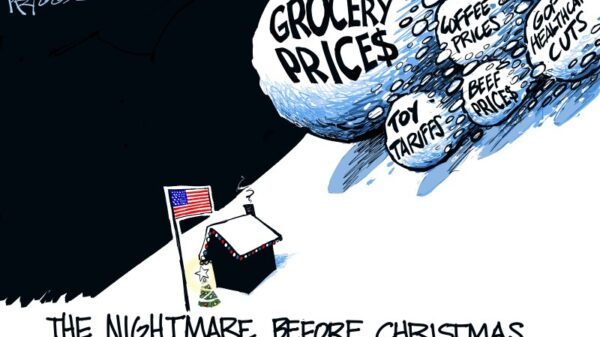The grunge movement of the 1990s emerged from the streets of Seattle, transforming not only music but also fashion and cultural attitudes worldwide. This genre combined the raw energy of punk rock with the heaviness of metal, creating a distinctive sound characterized by its sludgy, distorted guitar riffs and lyrics that conveyed deep emotional struggles. Bands such as Nirvana, Soundgarden, Alice in Chains, and Pearl Jam became the torchbearers of this underground scene, which was largely nurtured by Sub Pop Records, a label pivotal in promoting the gritty authenticity of these artists.
Seattle’s unique environment, marked by its persistent rain and working-class ethos, significantly influenced the music and attitude of grunge bands. This genre was not merely a musical style; it symbolized a rejection of the polished sound and extravagant visuals that dominated the late 1980s music scene, particularly the glam rock and hair metal of the time. The release of Nirvana’s groundbreaking album, Nevermind, in 1991 marked a turning point. With the hit single “Smells Like Teen Spirit” dominating MTV airwaves, grunge quickly evolved from a local phenomenon to a global sensation.
As grunge gained popularity, it maintained its authenticity by celebrating themes of alienation, apathy, and personal turmoil. Songs like “Black Hole Sun” by Soundgarden and “Interstate Love Song” by Stone Temple Pilots exemplified this approach, blending heavy metal influences with compelling rock songwriting. The genre drew inspiration from various artists, including Black Sabbath and Sonic Youth, which contributed to its diverse sound and enduring appeal.
Grunge’s influence extended beyond music; it also permeated fashion. The signature look of the movement featured ripped jeans, combat boots, and oversized flannel shirts, born out of a desire for practicality and thrift. Ironically, this anti-fashion aesthetic caught the eye of high-end designers, with Marc Jacobs infamously showcasing grunge styles on the runway for Perry Ellis in 1992, highlighting its effortless, disheveled charm.
While Nirvana often receives primary recognition in discussions about grunge, other artists contributed significantly to the genre’s legacy. Chris Cornell lent his powerful vocals to Soundgarden, while Jerry Cantrell‘s distinctive guitar work defined Alice in Chains. Pearl Jam, with its thoughtful lyrics and social consciousness, helped shape the alternative rock landscape. Collectively, these musicians laid the foundation for future generations of artists.
Critics and music publications, including Rolling Stone, frequently rank grunge albums among the best of the 1990s, attesting to their lasting impact. Although grunge bands did not intentionally set out to define an era, their authentic expressions of emotion resonated with millions. The genre’s rejection of commercial polish fostered a unique connection with fans, who found solace in its rawness and sincerity.
Decades later, the influence of grunge remains palpable, with its signature sound and style continuing to inspire contemporary musicians and fashion trends. The distorted guitars and flannel shirts may have evolved, but the core message of grunge—an embrace of vulnerability, authenticity, and emotional honesty—continues to strike a chord with audiences around the world.





































































